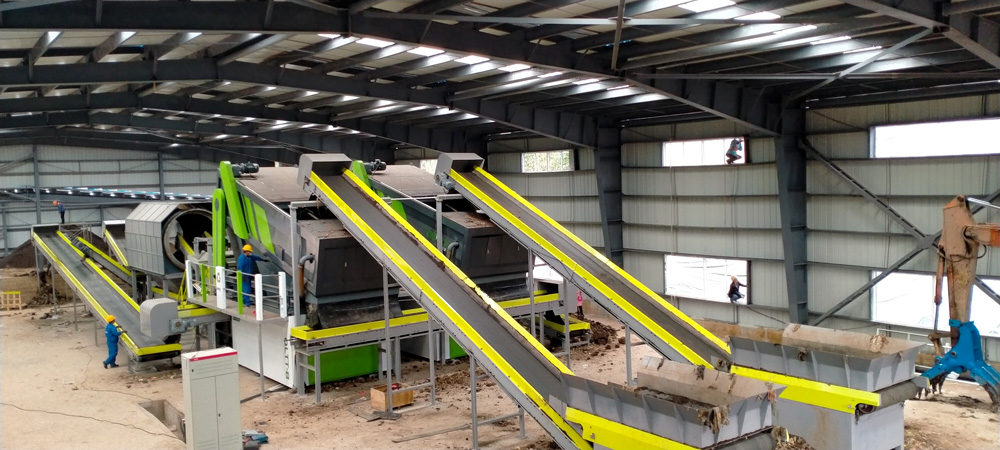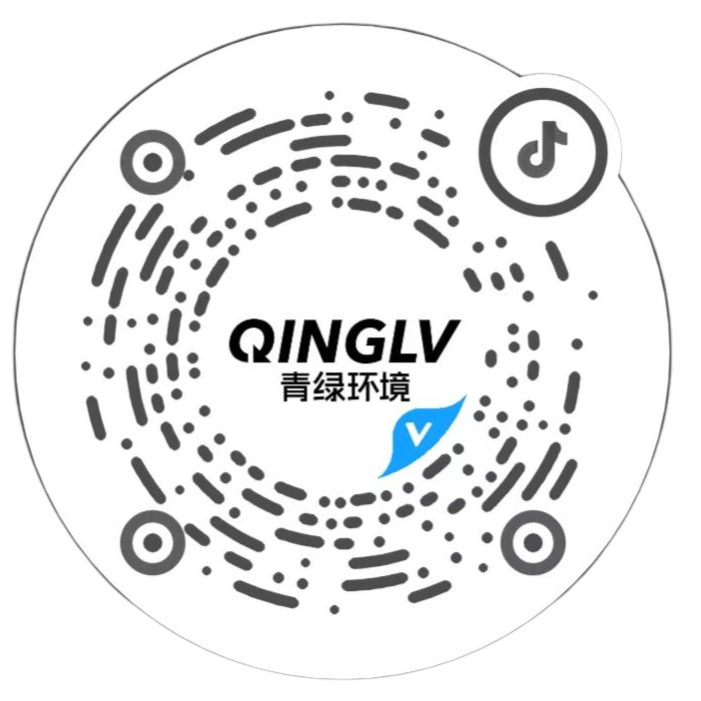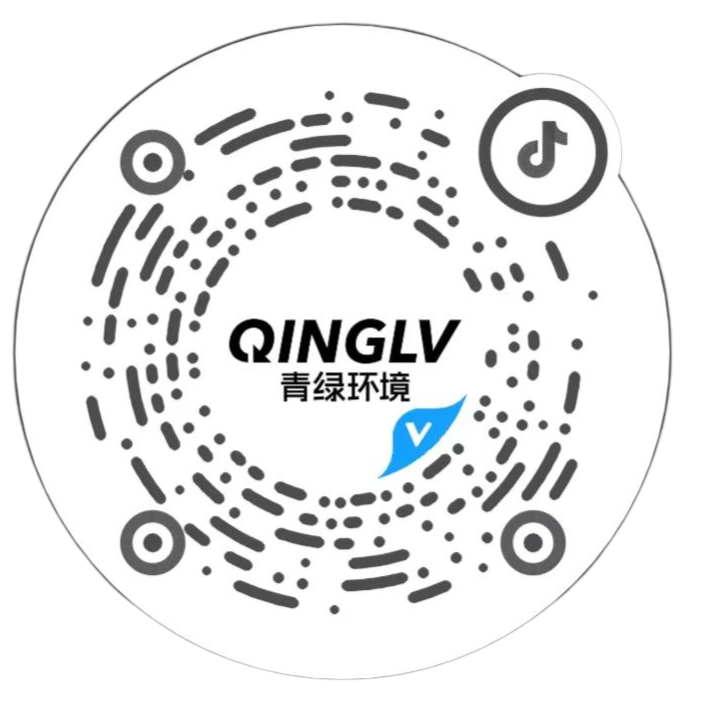 Time:2025-03-20
Time:2025-03-20
 Source:青绿环境
Source:青绿环境
In the current context where waste classification and resource recycling are increasingly important, the creation of digital and intelligent recycling sorting centers has become an inevitable trend. Waste automatic sorting equipment, as a core element, will play a crucial role.

Digital and intelligent recycling sorting centers should be equipped with advanced waste automatic sorting equipment. These devices utilize cutting-edge sensor technology and intelligent algorithms to accurately identify and classify waste. For example, through infrared scanning and artificial intelligence-based image recognition technologies, they can precisely distinguish waste of different materials and types, such as plastics, metals, and paper, achieving efficient sorting. At the same time, automated mechanical devices can quickly transport the sorted waste to the corresponding collection areas, significantly improving sorting efficiency and reducing human operational errors and costs.
In a digital and intelligent sorting center, the role of data is crucial. Waste automatic sorting equipment should have data collection capabilities to record information such as the source, composition, and weight of each batch of waste. This data can be uploaded to the cloud, where big data analysis can provide decision-making support for resource recycling companies. For example, companies can use data analysis to understand the patterns and characteristics of waste generation in different areas and at different times, and to reasonably arrange the operation of transport vehicles and sorting equipment, thereby optimizing resource allocation.
Moreover, digital and intelligent sorting centers should achieve interconnectivity and intelligent collaborative work among equipment. Each sorting device should be able to communicate with each other and automatically adjust working parameters and processes according to the needs and progress of waste treatment. In addition, integration with the company's management system and logistics system should be realized to achieve intelligent management of the entire chain from waste collection and sorting to the processing and utilization of recycled resources.
Creating digital and intelligent recycling sorting centers, with waste automatic sorting equipment at the core and leveraging technologies such as big data and the Internet of Things, can improve the efficiency of resource recycling and utilization, reduce operating costs, and provide strong support for the development of waste classification and environmental protection efforts. It will contribute to building a green and sustainable future.













 Prev
Prev











